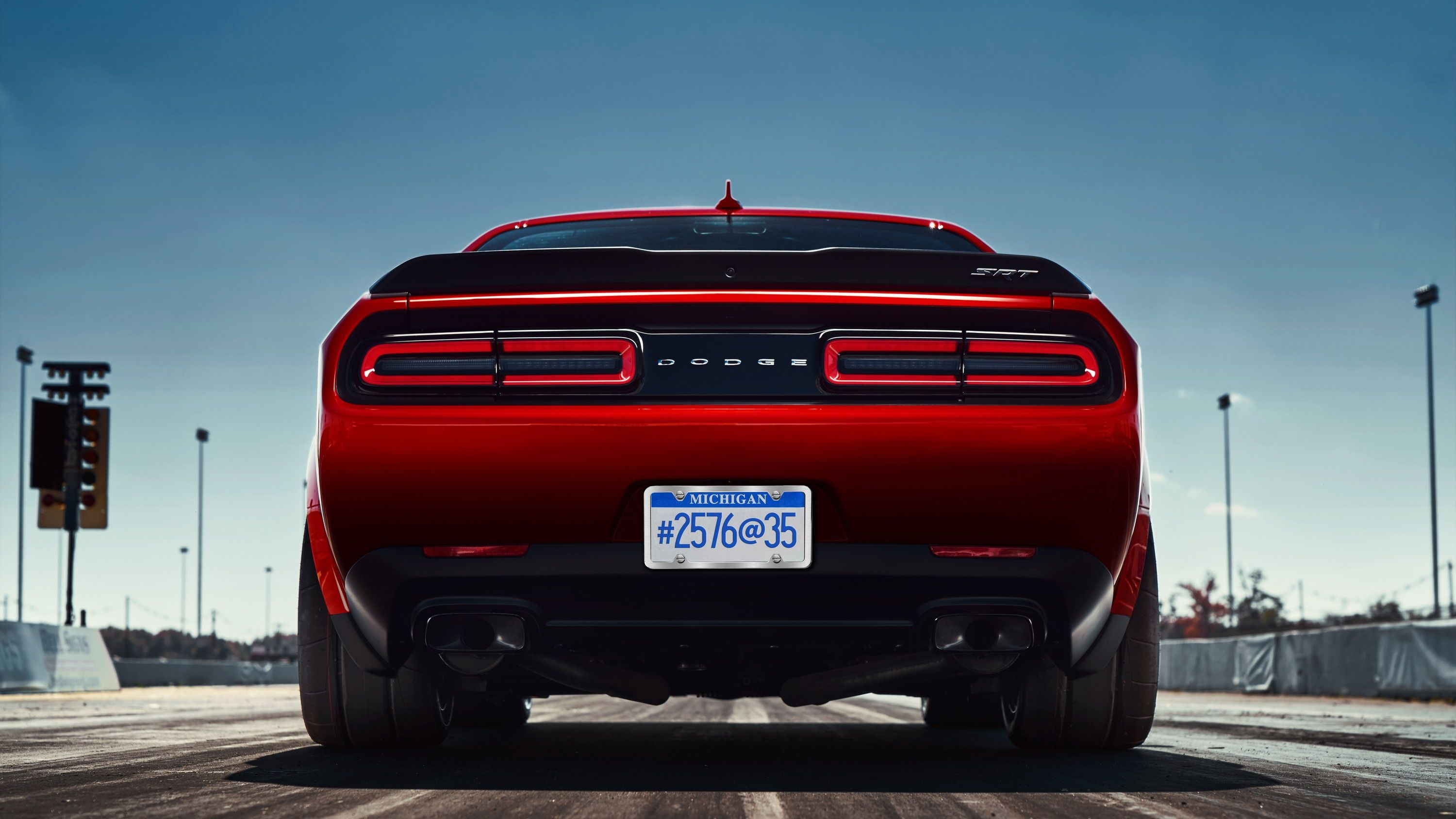We’ve known that the Challenger SRT Demon was going to shed some weight, but up until now, we weren’t really sure how much or how that weight would come off. But, word from Motor Authority, who is citing “Dodge Officials,” is that it will actually shed 232 pounds. It won’t happen by the usual weight-reduction techniques were accustomed to like the introduction of carbon fiber body components or lighter materials throughout. Instead, Dodge decided to go with the old-fashioned method of removing things piece by piece, and that means you’re going to be missing out a few amenities and will be forced to ride solo.
See, the Demon will lose 55 pounds thanks to the removal of the rear seats and another 58 pounds thanks to the removal of the front passenger seat. All speakers but the front door speakers are gone, cutting out another 24 pounds, while the removal of the parking sensors and the use of a manual tilt/telescoping steering wheel accounts for another six pounds lost. Smaller aluminum brakes and aluminum wheels cut out another 32 pounds. Dodge also removed components that cut down on noise and vibration, including the trunk liner and spare tire, and replaced the solid sway bars with hollow sway bars to cut off another 55 pounds. It loses a total of 232 pounds but gains an extra 17 somewhere along the way, which can be attributed to, at least in part, the wide body kit.
This isn’t necessarily a bad thing, though, as the Demon is being designed to tackle the straight track. But, that in itself also means that the option of AWD will be non-existent, and there may not be as many upgrades to the engine or computers that control it. It’s also quite possible that part of the extra 17 pounds could come from the addition of new performance tracking tools, but for now, that extra 17 pounds remains largely a mystery.
Keep reading for the rest of the story
Why it Matters
It may seem like I’m talking about Dodge’s weight reduction method in a negative light, and maybe I am a bit, but not entirely. To me, it does seem like something a backyard tuner would do to shed some quick weight, so I do have to criticize Dodge for that, but there’s a good reason why Dodge didn’t want to spend the time and money to do more in-depth weight reduction. The Challenger has been riding on the same platform with the same general design cues since 2008 making it really long in the tooth. It will undergo another facelift for 2018 to make up for pushing the schedule for the next-gen model back to 2020. So, it wouldn’t make sense to spend a ton of money to introduce much lighter body panels and materials. But, the overall interest of this model could inspire Dodge to do something more with a Demon branded model from the next generation. In the end, we’re all still excited to see the new Demon and what it brings to the table, but no AWD will still be disappointing to some.
Read our full review on the upcoming Dodge Challenger SRT Demon here.

